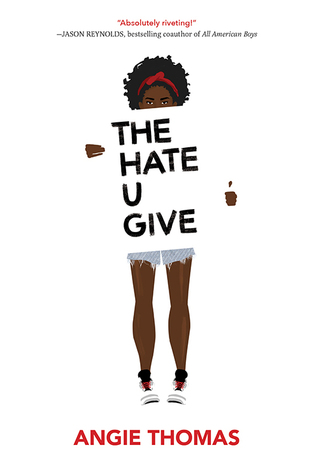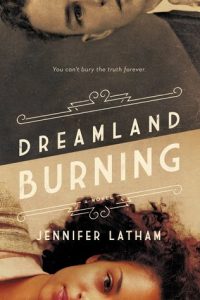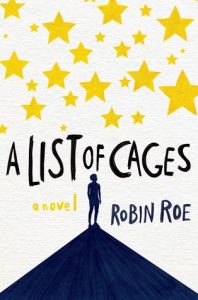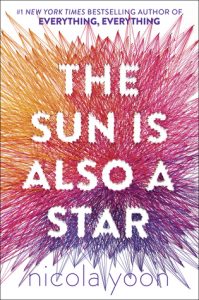Be warned. You could become an activist after reading Girl Rising: Changing the World One Girl at a Time 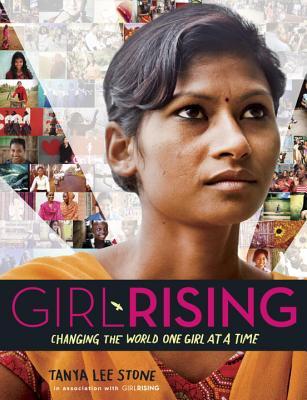 (Wendy Lamb Books 2017) by the remarkable Tanya Lee Stone. Follow twenty five girls world-wide who were denied education, fought back, and won.
(Wendy Lamb Books 2017) by the remarkable Tanya Lee Stone. Follow twenty five girls world-wide who were denied education, fought back, and won.
Suma from Nepal was not an orphan, but her family lived in poverty. Suma was first bonded into kamlari—or slavery—when she was six. She worked from dawn until late night, ate scraps from the master family’s finished plates, and slept in the goat shed. She was sexually abused. Suma fought back. Six years later she was given a scholarship with Room to Read and is now receiving an education. She plans to be a medical assistant.
Sokha from Cambodia, Senna from Peru, Mariama from Sierra Leone have similar stories. So do girls from India, Ethiopia, Haiti. Interesting fact: in more than fifty countries, school is not free. Either are books, paper, and pencils.
“A girl on planet Earth has a one-in-four chance of being born into poverty . . . Slavery and child marriage are two major obstacles keeping girls out of school . . . poverty is often at the root . . .” If parents cannot feed their daughters, they hope a husband can. Once married, girls rarely go to school.
It is not always a case of poverty. In many cultures boys pursue education but girls cannot. Woman’s role is to bear and raise children and serve her husband. “In India, Pakistan, Afghanistan, Jordan, Syria, and many other places, girls have been abducted, sexually abused, poisoned, shot, and had acid thrown on them: their schools have been bombed, burned, down, and shut down—all payback for the crime of wanting to be educated.”
The remarkable Malala Yousafzai is probably the most famous of these young women, but she is by no means alone.
Stone used hundreds of hours of raw footage shot by the filmmakers of Girl Rising, as well as original research to bring to life the stories of girls who are conquering obstacles. The reader gets to know these indomitable girls, see them create lives for themselves, and inspire other girls in their communities to break through cultural barriers in order to go to school. We come away hopeful and ready to fight for more girls.
Stone shows that not only individual girls from around the world are helped, but by educating girls, the world is made safer and more prosperous. When girls and women rise, so do their communities. And women have the perfect “platform” to pass their values on to their children.
In a chapter entitled, “Use What You Love to Inspire Change,” Stone suggests that the reader can organize a fashion show, poetry slam, cabaret, or a hoops competition to raise funds for one of the many Women’s organizations (with websites) she lists. Besides stories and full color photos of the girls in the stories, Stone introduces us to the filmmakers of Girl Rising. Read the book. See the documentary. Become an activist.
Patricia Hruby Powell’s is the author of the young adult documentary novel Loving vs. Virginia, Josephine, winner of Boston Globe Horn Book Honor, and other books. talesforallages.com
